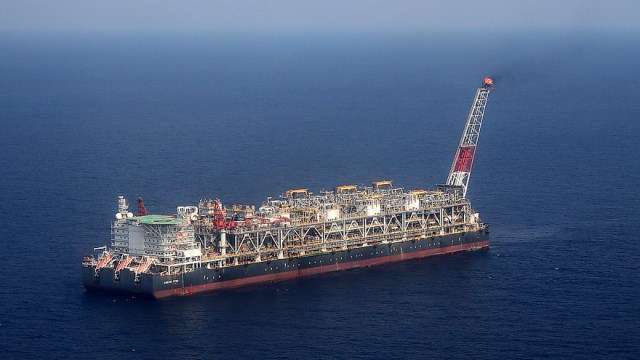Rate this page

What is Naphtha?
Naphtha is a general term that has been used for over two thousand years to refer to flammable liquid hydrocarbon mixtures. Mixtures labeled naphtha have been produced from natural gas condensates, petroleum distillates, and the distillation of coal tar and peat. It is used diversely in different industries and regions to refer to gross products like crude or refined products such as kerosene. Naphthas are Refined or partly refined light distillates with an approximate boiling point range between 122- and 400-degrees Fahrenheit. Blended further or mixed with other materials, they make high-grade motor gasoline or jet fuel. Specialty naphtha comes in many varieties and each are referred to by separate names such as petroleum ether, petroleum spirits, mineral spirits, paraffin, benzine, hexane, ligroin, white oil or white gas, painters naphtha, refined solvent naphtha and Varnish makers\’ & painters\’ naphthaUsage of the product
The main uses of naphtha fall into the general areas of solvents (diluents) for paints, for example;- Dry-cleaning solvents;
- Solvents for cutback asphalt;
- Solvents in the rubber industry;
- And solvents for industrial extraction processes.
Which products are made from naphtha?
It is used as feedstock for pyrolysis (NCC) to produce ethylene, propylene, butadiene, benzene, toluene and xylene that are basic feedstock for petrochemistry. They are in turn used to make a wide range of products including synthetic resins, synthetic rubber, synthetic fiber, dye and medicine.Is naphtha the same as gasoline?
In accordance with DIN EN 228, gasoline mainly consists of various hydrocarbons obtained by distilling crude oil. The fraction of the crude oil with a boiling range between 35°C and 210°C is referred to as naphtha. So, gasoline is refined naphtha.Analysis the product
| Analysis | Unit | limit | Test Method |
| Density @ 15.0 ·c | Kg/m3 | 0.700-0.765 | ASTM D1298 |
| Distillation | ·c | ASTM D86 | |
| I.B.P | ·c | 75-90 | ASTM D86 |
| F.B.P | ·c | 170-200 | ASTM D86 |
| Residue | %Vol | 0.5-1.5 | ASTM D86 |
| Loss | %Vol | 0.5-1.5 | ASTM D86 |
| Total Sulphur | %Wt | 0.05-0.15 | ASTM D1266 |
| Vapour Pressure | K.Pa | 13-24 | ASTM D323 |
| H2S | PPM | Trace | IP-103 |
| Colour, Saybolt | – | 25 min | ASTM D1500 |
| Bromine Number | Mg/100ml | 1 max | ASTM D1159 |
| Paraffin Content | %Vol | 50-70 | GC |
| Olefins Content | %Vol | 0.5-1 | GC |
| Naphthene Content | %Vol | 15-30 | GC |
| Aromatics Content | %Vol | 10-18 | GC |
| Lead (PB) | P.P.B | 20 max | UOP-350 |
| Cupper | PPM | 0.03-0.07 | A.A |
| Silicon | PPM | Trace | A.A |
| Nitrogen | PPM | 1 max | UOP-313 |
| Water Content | PPM | 300 max | ASTM E1064 |
| Chloride | PPM | 5-10 | UOP-799 |
| As | P.P.B | 10 max | A.A |
| C/H Ratio | %Vol | 5.5-6.5 | Calculate |
| Gum Existent | Mg/100ml | 1 | ASTM D381 |